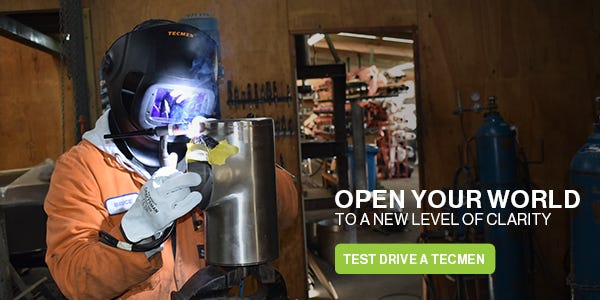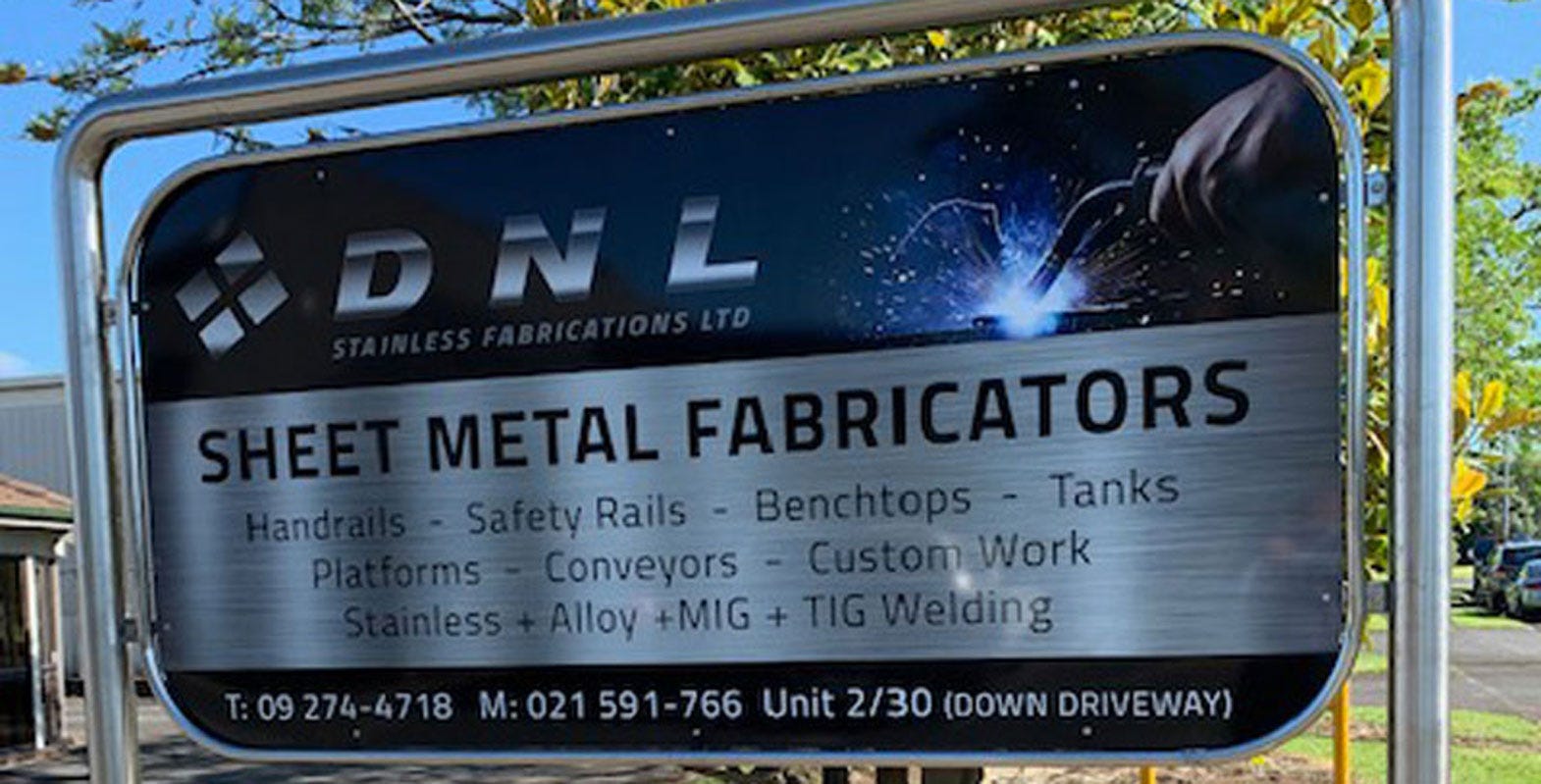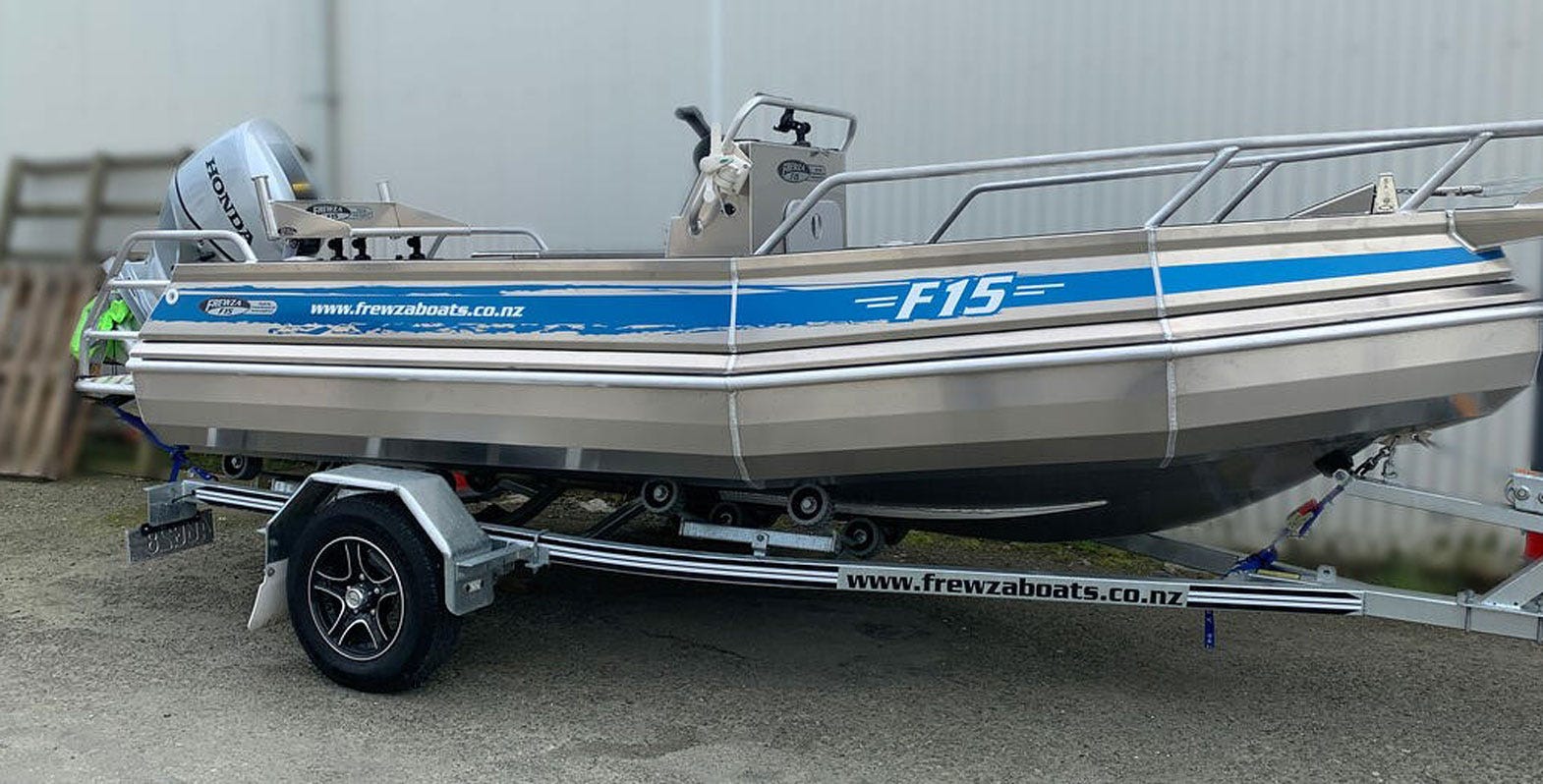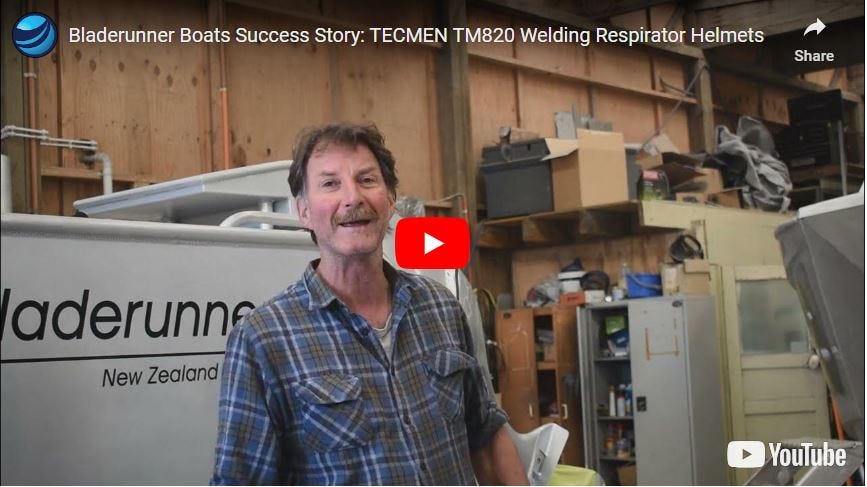Are workshop welding processes making you sick?
Welding safety isn't just about having good ventilation and wearing the right RPE. It should be thought of as a workshop wide plan to minimise respiratory hazards and keep everyone safe. One thing to be considered when developing your health and safety plan is your welding process, and how this affects the amount, and type of fumes produced. That's right. The way you weld could be helping to make you, and those around you sick.


Did you know there are some serious differences in the amount and type of toxic fumes created depending on your welding process? Owners, managers, workshop supervisors, fabricators - whatever your role is, you should be aware of just how much of an impact welding processes can have on fume generation, and therefore the respiratory health of everyone in the workshop.
Is it the fumes making me sick?
How do you know it's the welding fumes making you sick? Well at first it might not be obvious. A lot of the short term illnesses can seem like symptoms of the common cold, 'Man flu' or asthma (especially for those who already suffer from asthma). However if you work in a workshop that performs welding it could be much more.
A few things to look out for are:
- Symptoms get worse throughout the week and improve on weekends.
- Feeling sick on a regular basis (more than just the common cold that you might get once a year)
- Increased sick leave.
What are the symptoms?
Coughing, wheezing, shortness of breath - these are all signs of eye, nose, throat and lung irritation often caused from welding fumes. They can also lead to bronchitis, fluid in the lungs, and lung inflammation.
Gastrointestinal issues - watch out, the nausea, appetite loss, vomiting, cramps, or slow digestion might not just be symptoms of the latest 'gastro' that's 'going around'. It could be your work environment.
Feeling flu-ish? If you're experiencing flu-like symptoms such as chills, thirst, fever, muscle ache, chest soreness, coughing, wheezing, fatigue, nausea, and quite often a metallic taste, take it seriously. This is not 'Man flu'. It's Metal Fume Fever with symptoms often occurring 4-12 hours after welding.
Having trouble breathing? You may be finding your breathing ability gets worse throughout the working week, then starts to improve during weekends or time away from the workshop.
Lung infections. If you're experiencing lung infections this should be taken very seriously. Long term exposure to welding fumes can make you prone to lung infections, including pneumonia which can be fatal.
Is your asthma playing up? While evidence from studies is not strong enough to claim welding fumes cause asthma, the chemicals chromium oxide and nickel oxide found in stainless steel fumes are known to cause asthma. Studies also show a number of welders hospitalised each year suffering from severe asthma leading to claim benefits.
How can my welding process help?
Depending on your application, different welding processes can be adopted for different situations to reduce exposure to the potentially dangerous toxic fumes emitted during the welding process. While you may not be able to change your process, being aware of the type and amount of fumes produced will help in developing a plan, including appropriate RPE and workshop ventilation to keep EVERYONE in the workshop safe.
Here's some of the more common welding techniques that can be used:
Submerged Arc Welding (SAW)
- Fume production: Low
- Uses: Ideally suited for longitudinal and circumferential butt and fillet welds.
- Materials: Most commonly used to weld carbon-manganese steels, low alloy steels and stainless steels, however the process can weld some non-ferrous materials with the right choice of electrode filler wire and flux combinations.
This is similar to MIG welding. It involves the formation of an arc between a continuously-fed bare wire electrode and the work piece. The technique uses a flux to generate protective gases and slag, and to add alloying elements to the weld pool. A shielding gas is not required. Before welding, a thin layer of flux powder is dusted over the work-piece surface. The arc moves along the joint line while excess flux is recycled through a hopper. Any remaining fused slag layers can be easily removed after welding. Since the arc is completely covered by the flux layer, heat loss is extremely low. The technique produces thermal efficiency as high as 60%, compared to 25% for manual metal arc.
Since this technique does not require a shielding gas, and heat loss is low, fume production is minimal and there is no need for fume extraction.
| Pros | Cons |
|
|
TIG Welding (now known as Gas Tungsten Arc Welding - GTAW)
- Fume production: LowGas Tungsten Arc Welding.jpg
- Uses: Often used for precision welding and other special applications.
- Materials: Both ferrous and nonferrous
You probably know this as TIG welding, which is it's former name - TIG (Tungsten Inert Gas) welding. GTAW is an electric arc welding process that produces an arc between a non-consumable electrode and the work to be welded. The weld is shielded from the atmosphere by a shielding gas that forms an envelope around the weld area. The shielding gas used is usually argon or helium (or a mix of both). It is possible to weld without using filler metals in some situations, eg. welding close-fit joints. If filler is required, metals used are similar to the metals to be welded. Flux is not used. TIG welding produces very little fume.
| Pros | Cons |
|
|
Flux Cored Arc Welding (FCAW)
- Fume production: High
- Uses: Primarily used in the shipbuilding industry, where a lot of welding is required on heavy plate.
- Materials: Can be used on most carbon steels, cast iron, nickel based alloys, and some stainless steels.
Flux cored arc welding is very similar to MIG welding. It requires electricity, filler metal, and a form of shielding from the air. The technique works by feeding an electrode continuously to the joint. Once the trigger is squeezed the wire feeder begins to feed the electrode to the joint, while at the same time the electrode gets electrically charged. Once the electrode hits the metal joint, the electricity short circuits, and heats up the electrode until the electrode begins to melt. At this point the metal also starts to melt creating a puddle. The puddle melts the flux core, creating a shield from air, and producing a slag that protects the weld from contamination.
Although this technique produces a high amount of fumes, it is also the most productive form of manual welding processes, meaning the welder should be exposed for a shorter period of time.
| Pros | Cons |
|
|
MIG Welding (Gas Metal Arc Welding - GMAW)
- Fume production: High
- Uses: Popular among sheet metal and automobile industries. Often used for arc spot welding and automated welding.
- Materials: Both ferrous and non-ferrous metals.
GMAW includes both metal inert gas (MIG) welding and metal active gas (MAG) welding. It is a semi-automatic or automatic arc welding process in which a continuous and consumable wire electrode and a shielding gas are fed through a welding gun. This is a practical option for many applications, from thin sheet metal to heavy plate. The extent of the fumes generated depend upon the procedures, droplet transfer, shielding gas, and the grade of electrode used. Since manganese levels are often a key factor in determining regulatory compliance, this can be a significant issue.
| Pros | Cons |
|
|
So, looking at the options, could you be using a different welding technique? Do you think your ventilation or RPE could do with a review? A little change could help a lot when it comes to air quality in the workshop, and the respiratory health of you and your team.
 Need assistance?
Need assistance?







